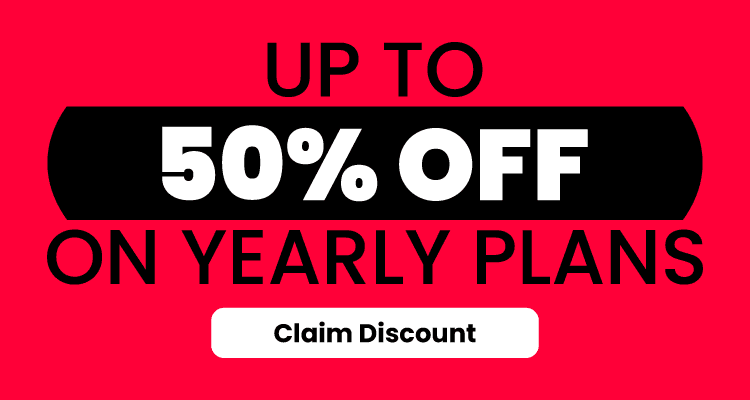Have you ever had the annoying experience of watching your favourite YouTube videos while relaxing and all of a sudden an advertisement appears? We have all been there, yes. I am going to teach you, as well as Vpnpro experts, how to get youtube premium cheaper with VPN precisely for that reason. Ad-free videos, background play, offline downloads—what’s not to love? Well, maybe the price. It can get a little steep, depending on where you live.
But guess what? I am going to provide a really easy way to get YouTube Premium for less money. We are talking about how to use a VPN to access YouTube Premium for less money today, and I promise it is not as hard as you might think!

Why Get Cheaper YouTube Premium by Using a VPN?
Prices for YouTube Premium aren’t set in stone worldwide. Similar to coffee pricing, they vary greatly depending on where you are. The monthly cost in certain nations is less than half of what one would normally spend in the US or Europe. Crazy, right?
A VPN is useful in this situation. By hiding your IP address, a virtual private network, or VPN, gives the impression that you are online from a foreign nation. In essence, it deceives YouTube into thinking you are saving money by getting your coffee somewhere much less expensive.
Nations With the Lowest Prices for YouTube Premium
Nigeria, Argentina, India, and Turkey are now some of the least expensive countries to subscribe from. These prices do occasionally alter due to the influence of local pricing tactics and exchange rates. For instance, as of March 2025, India and Argentina consistently top the list with significantly lower rates. But keep an eye out, because sometimes new countries join the list, shaking things up a bit.
Step-by-Step Guide: Getting YouTube Premium at a Lower Price
Choosing a Reliable VPN
First and foremost, you require a reliable VPN. I have tested a number of VPNs, and I assure you that they are not all created equal. NordVPN and ExpressVPN are great options because they offer a lot of servers worldwide, including our preferred low-cost countries like Argentina and India. These services are fast, reliable, and very good at getting around YouTube’s geo-blocking. Furthermore, VPN features like “obfuscation” and “kill switch” help in
Downloading and Installing the VPN
This part is straightforward. Head over to your chosen VPN’s website, download their app, and follow the installation guide. It’s as easy as installing Instagram—seriously, anyone can do it.
Connecting to a Server in the Target Country
Once installed, fire up your VPN app, pick a server in a cheaper country (let’s say, India), and hit connect. Give it a few seconds, and boom—your internet thinks you’re sitting in Mumbai.
Creating a New Google Account
This step is crucial. To avoid location-based conflicts, always create a fresh Google account while connected to your VPN. This ensures Google truly believes you’re in the chosen country, allowing you to grab that sweet discounted price.
Subscribing to YouTube Premium
Now, head to YouTube Premium’s subscription page. Double-check to make sure the price is shown in the local currency (like INR for India). Then, pick your plan—Individual or Family (more savings!)—and proceed to checkout.
Payment Methods and Potential Issues
Here comes the tricky part. Sometimes your regular credit or debit card might get rejected because it’s tied to your original country. A neat workaround is using virtual cards like Revolut or even local prepaid cards. These usually fly under YouTube’s radar just fine.
Using YouTube Premium After Subscription
Can You Use YouTube Premium Without a VPN After Subscribing?
Yes! Once you’re subscribed, you generally don’t need to keep your VPN active to enjoy ad-free videos. However, you’ll need it again if you want to access region-specific content or if YouTube occasionally verifies your location.
Switching Regions with a VPN
Here’s another fun bit—your VPN can also unlock region-specific content on YouTube. Ever stumbled upon a video “not available in your country”? VPN solves that too!
Troubleshooting Common Issues
YouTube Premium VPN Not Working?
Sometimes things don’t go as planned. If you cant change your location,, try clearing your browser cookies, switching to browser, or changing VPN servers. And make sure to enable “VPN obfuscation”—it helps bypass blocks.
“This Offer Is Not Available” Error
Occasionally, YouTube catches on. If this happens, switch to a different server or use a VPN offering dedicated IP addresses. A dedicated IP is less suspicious because you’re the only one using it, making it much harder to detect.
Getting YouTube Premium on Different Devices
Watching YouTube Premium on TVs/Roku
Want premium on your big screen? Install your VPN app directly on smart TVs or configure the VPN on your home router. This lets every device on your network enjoy those perks effortlessly.
VPN Selection Criteria for YouTube Premium
A good VPN for YouTube Premium should offer:
- A vast server network, especially in those budget-friendly countries.
- Strong encryption for your privacy.
- Fast streaming speeds (buffering is no one’s friend).
- Reliable unblocking capabilities.
- A strict no-logs policy to keep things private.
Alternatives to Using a VPN
If messing around with VPNs isn’t your thing, consider splitting a Family Plan with friends or family members who live in your same country. It’s a straightforward, legal, and easy way to save cash.
Frequently Asked Questions (FAQ)
- Is YouTube Premium Worth Getting?Absolutely! No ads, offline downloads, and playing videos in the background—worth every penny in my book.
- What is the Cheapest Way to Get YouTube Premium?Hands down, the VPN method is the cheapest and most efficient.
- Can I Use YouTube Premium in Another Country? Totally. Just be aware that content availability might vary by region.
- Can You Get YouTube Premium Cheaper Without VPN? Unfortunately, not really. Without a VPN, you’re stuck paying local rates.



